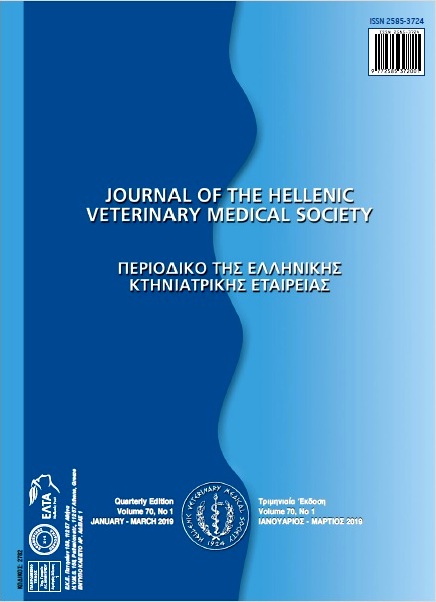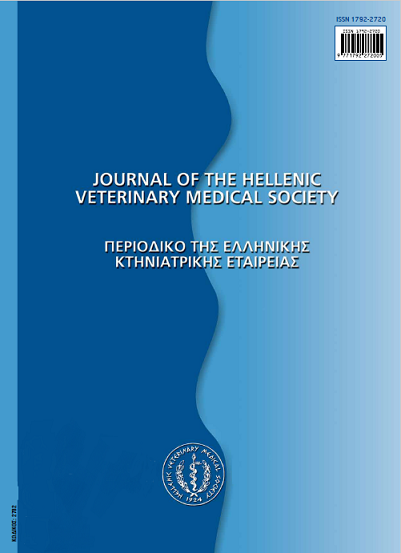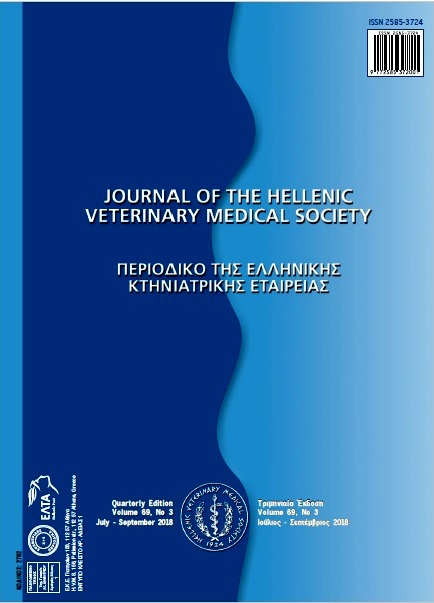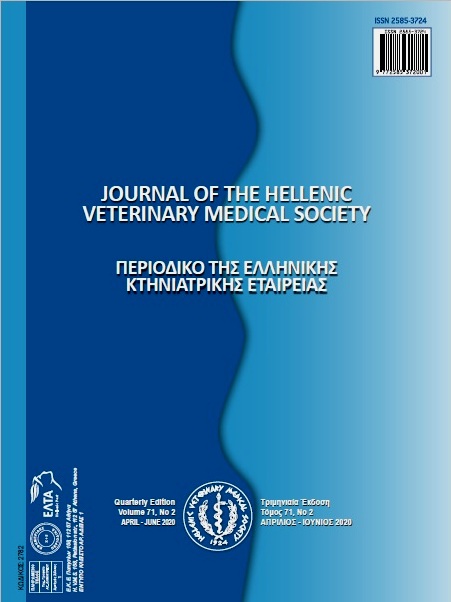Factors affecting the prevalence of ticks in cattle and acaricidal activity of Nicotiana tabacum extracts

Abstract
The present study was designed to determine factors affecting the prevalence of ticks (Hyalomma and Rhipicephalus) in cattle in district Loralai of Balochistan and to evaluate the acaricidal activity of chloroform and methanol extracts of tobacco (Nicotiana tabacum). A total of 670 cattle of different breeds, age and gender were examined for tick infestation with overall prevalence of 21.49% in Loralai. Friesian was more infected (26.15%) as compare to non-descriptive (22%) and Sahiwal (12.80%) breeds. Similarly, cattle less than one year old were most infected (27.90%) followed by those between 1-2 year (26.88%); the least prevalence was in cattle more than 2 years of age (19.34%). Higher prevalence was noticed in female cattle (21.98%) as compare to male cattle (16.92%). Three concentrations of (Nicotiana tabacum) (12.5mg/mL, 25mg/mL and 50mg/mL) were prepared in chloroform and methanol. The acaricidal activity of these extracts was determined by egg laying index and percentage inhibition of egg laying. The decline in egg laying index was significantly more by chloroform extract (10.048%, 17.378% and 25.143%) as compare to methanol extract (6.367%, 13.152% and 20.827%). Hatchability of eggs in chloroform extract was less than that in methanol extract (67.5%, 43.5% 17% and 77.5%, 47.5% and 23%) respectively. We concluded that the prevalence of ticks in cattle is affected by their age, breed and gender and that chloroform extract of Nicotiana tabacum is more acaricidal as compared to the methanol extract.
Article Details
- How to Cite
-
ULLAH, N., AKHTAR, R., LATEEF, M., JAN, S. U., ZAHID, B., & DURRANI, U. F. (2019). Factors affecting the prevalence of ticks in cattle and acaricidal activity of Nicotiana tabacum extracts. Journal of the Hellenic Veterinary Medical Society, 70(1), 1381–1386. https://doi.org/10.12681/jhvms.20343
- Issue
- Vol. 70 No. 1 (2019)
- Section
- Research Articles

This work is licensed under a Creative Commons Attribution-NonCommercial 4.0 International License.
Authors who publish with this journal agree to the following terms:
· Authors retain copyright and grant the journal right of first publication with the work simultaneously licensed under a Creative Commons Attribution Non-Commercial License that allows others to share the work with an acknowledgement of the work's authorship and initial publication in this journal.
· Authors are able to enter into separate, additional contractual arrangements for the non-exclusive distribution of the journal's published version of the work (e.g. post it to an institutional repository or publish it in a book), with an acknowledgement of its initial publication in this journal.
· Authors are permitted and encouraged to post their work online (preferably in institutional repositories or on their website) prior to and during the submission process, as it can lead to productive exchanges, as well as earlier and greater citation of published work.






